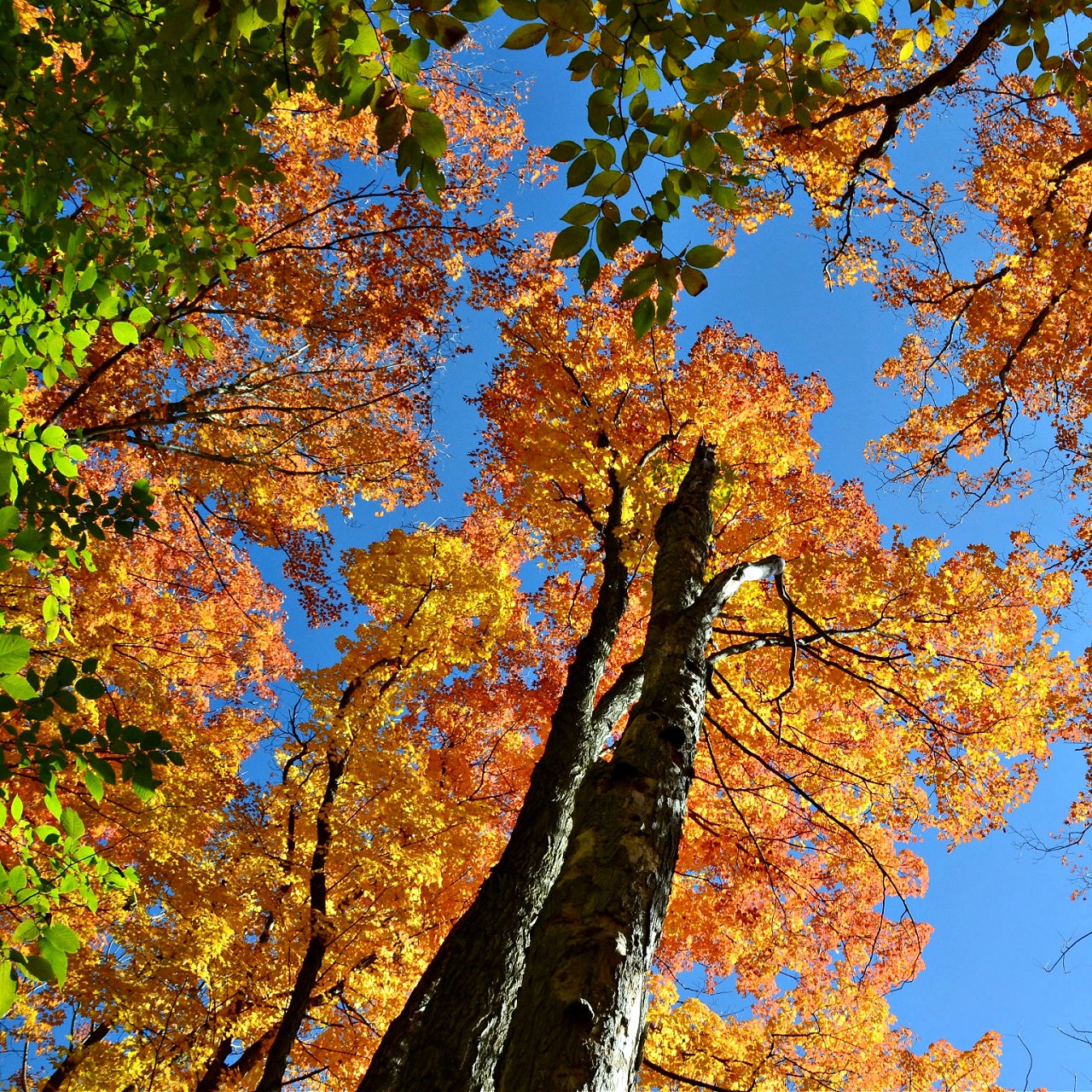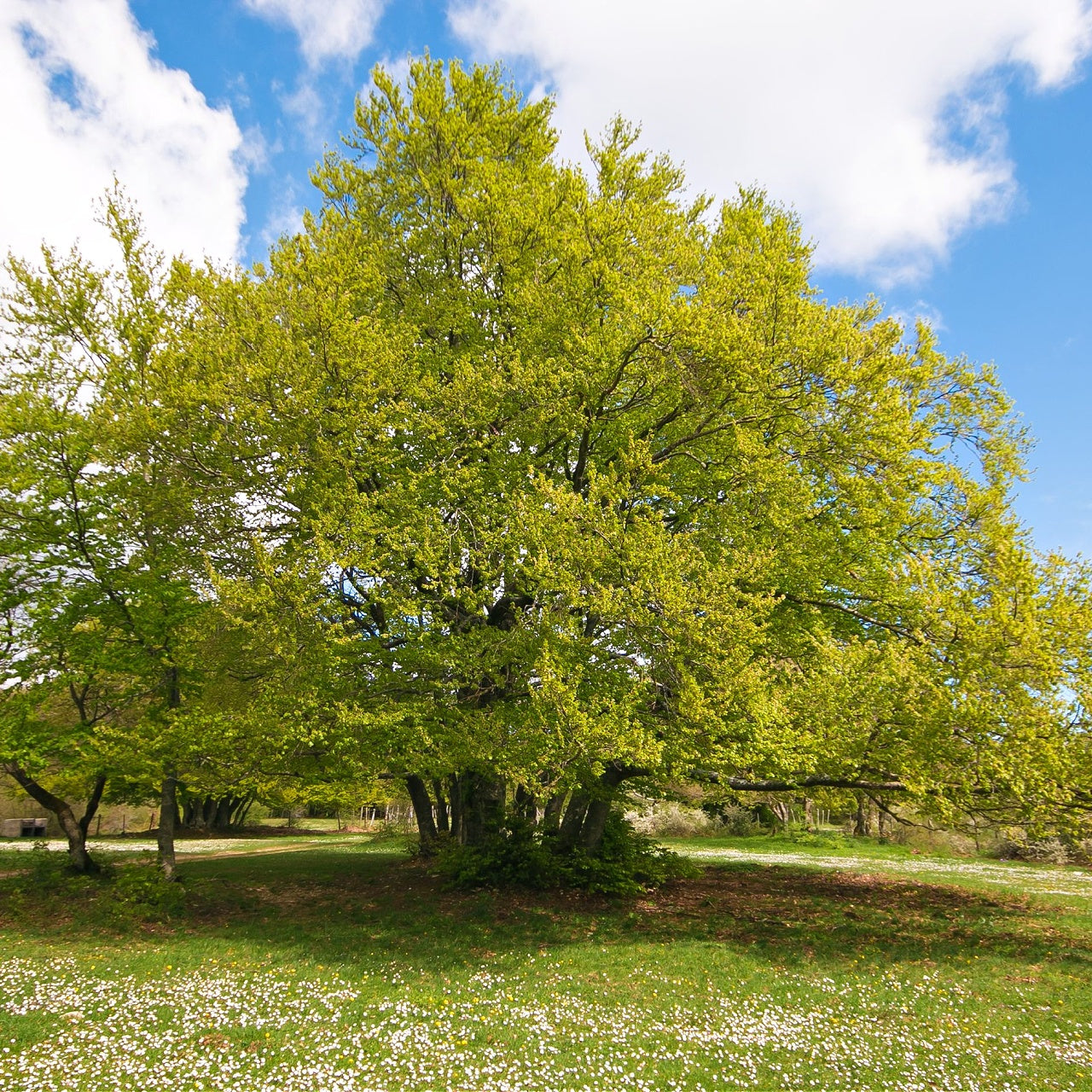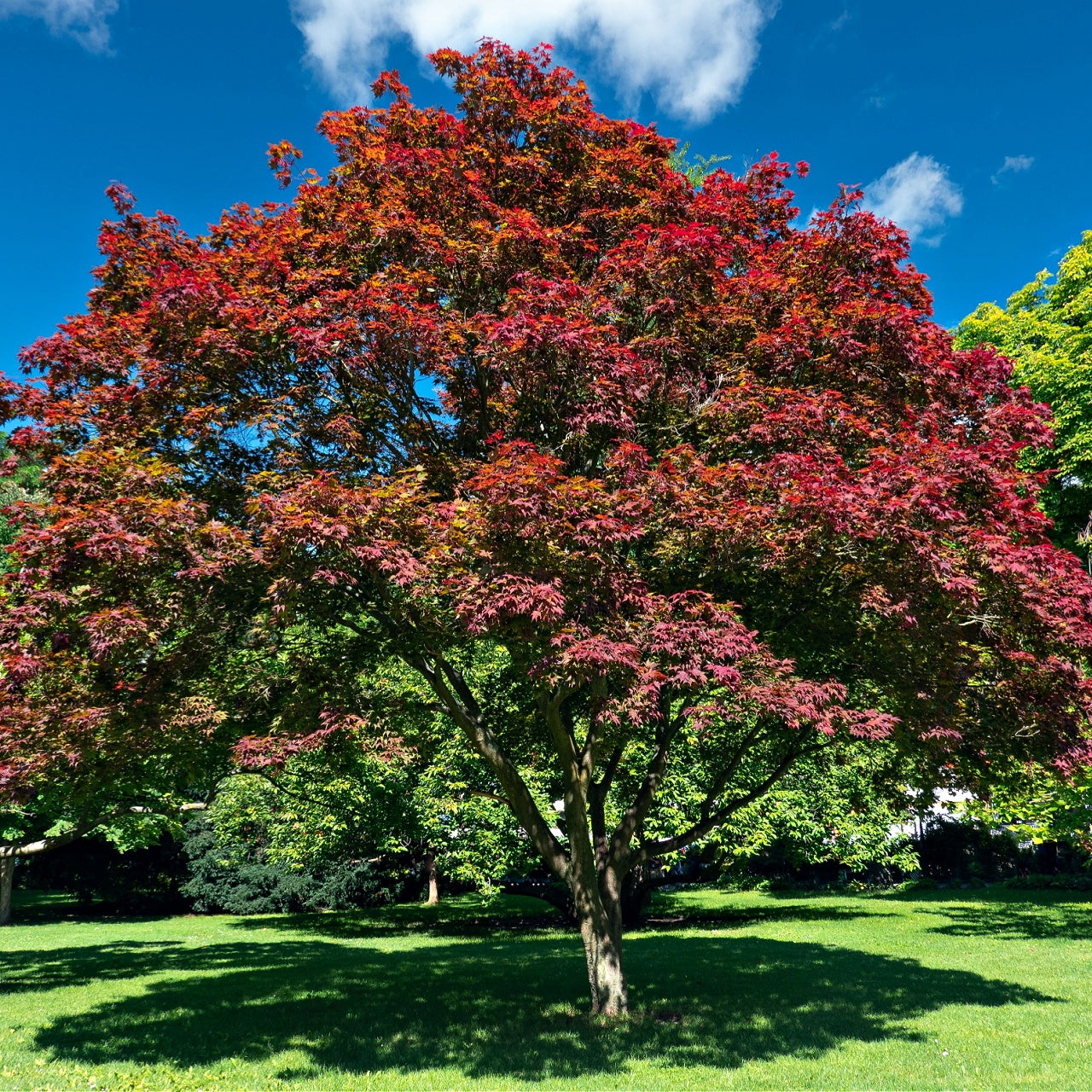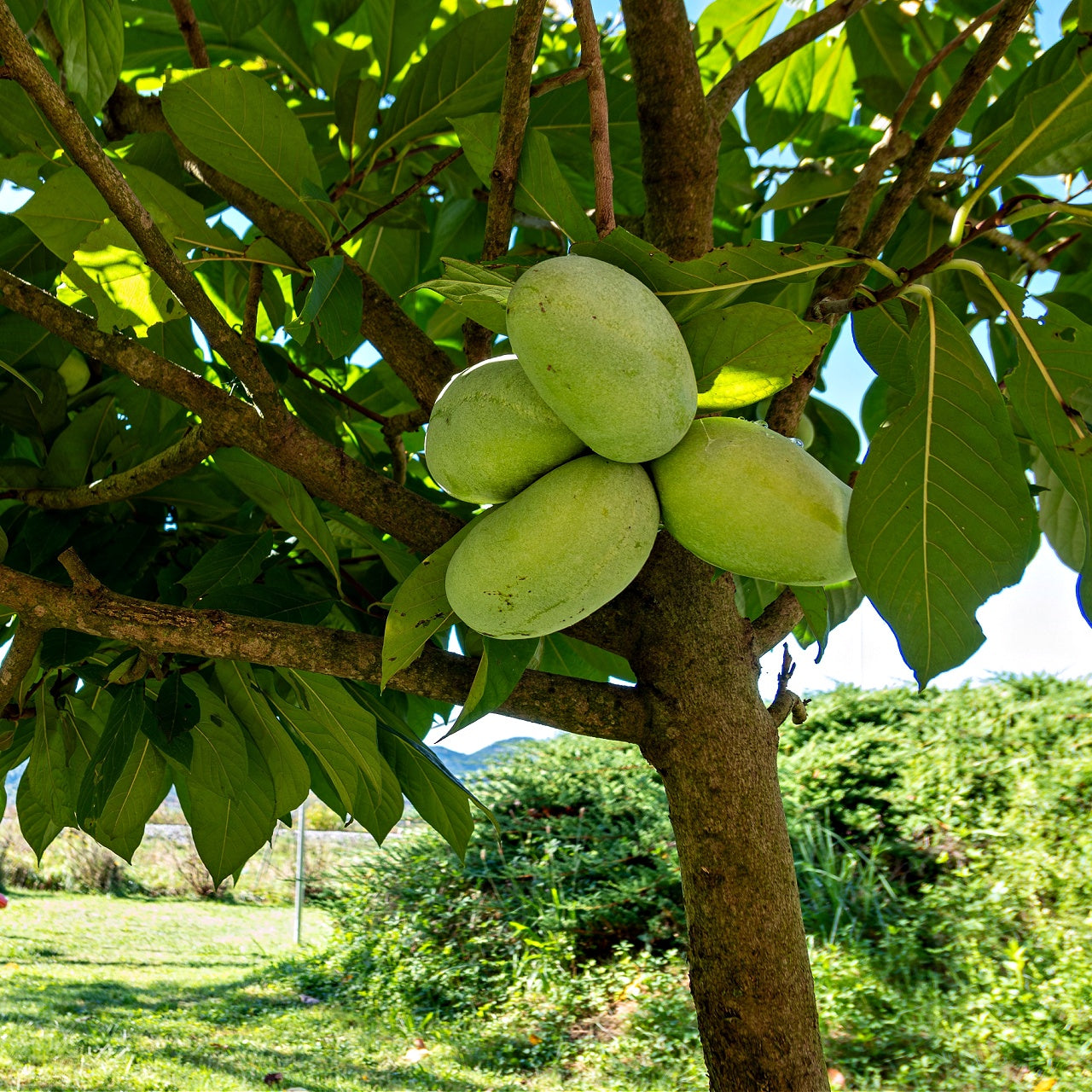
From Green to Gold: The Magic of Leaf Transformation in Autumn
From Green to Gold: The Magic of Leaf Transformation in Autumn
Spectacle of Wonder
As summer draws to a close and the days get shorter, nature puts on a breathtaking display of colors. Trees once cloaked in vibrant green leaves undergo a magical transformation, turning into a riot of gold, red, orange, and brown. Among these magnificent autumnal performers, some trees stand out with golden fall foliage. In this journey through the season of leaf transformation, we will explore the enchanting stories of the tulip poplar, the Ginkgo Biloba, and the hickory tree, each contributing its unique brilliance to the canvas of fall.
The Tulip Poplar: Nature's Golden Trumpets
One of the most striking trees in autumn is the tulip poplar, known for its magnificent display of golden leaves that light up the forest canopy. The tulip poplar, scientifically known as Liriodendron tulipifera, is a native tree to the eastern United States. It earns its name from its unique, tulip-shaped flowers that appear in late spring, but it is in the fall that this tree truly shines. The transformation of the tulip poplar's leaves begins as the days grow shorter and cooler. During the summer, its leaves are a deep, glossy green that provides ample shade and shelter for wildlife. However, as autumn arrives, the chlorophyll in the leaves starts to break down, revealing the hidden pigments underneath. Carotenoids, responsible for the bright yellow and orange hues, take center stage in this magical process. What makes the tulip poplar's transformation even more magical is the contrast between its golden leaves and the striking outline of its unique leaves. Tulip poplar leaves are distinctively shaped, resembling a tulip flower with four lobes and a square base. This shape, combined with the radiant gold color, creates a breathtaking spectacle in the forest. The tulip poplar's golden fall foliage is not just a feast for the eyes; it also plays a crucial ecological role. As the leaves decompose on the forest floor, they enrich the soil with nutrients, creating a fertile environment for other plants to thrive. Additionally, the nectar-rich flowers of the tulip poplar attract pollinators like bees and butterflies, contributing to the overall biodiversity of the ecosystem.
Ginkgo Biloba: A Living Fossil with Golden Leaves
The Ginkgo Biloba, often called the Ginkgo, has been a living fossil on Earth for over 200 million years. This remarkable tree is known for its distinctive fan-shaped leaves and incredible resilience. When autumn arrives, the Ginkgo puts on a dazzling display of golden foliage that is magical. What makes the Ginkgo's transformation unique is the sheer brilliance of its golden leaves. The leaves turn a brilliant, pure gold that seems to glow against the backdrop of the autumn sky. This intense coloration combines pigments, including carotenoids and anthocyanins, to create this stunning effect. One of the most fascinating aspects of the Ginkgo tree is its adaptability. Ginkgos are known for their resistance to pests, diseases, and even pollution, making them a symbol of resilience in urban environments. Their ability to thrive in various conditions, including polluted city streets, is a testament to their hardiness and endurance. It is as if these trees have tapped into the secret of eternal life, with their golden leaves serving as a reminder of the passage of time and the enduring beauty of nature. Ginkgo trees are also revered in many cultures for their medicinal properties. The leaves of the Ginkgo Biloba contain compounds believed to enhance memory and cognitive function, making them a popular herbal remedy. This adds another layer of fascination to these ancient trees, as they not only contribute to the beauty of autumn but also have a place in traditional medicine.
Hickory Trees: The Rustic Elegance of Autumn
While tulip poplars and Ginkgo Biloba trees steal the spotlight with their golden foliage, hickory trees offer a different kind of autumnal beauty – rustic, earthy, and deeply elegant. Hickory trees, part of the genus Carya, are native to North America and are well-known for their strong, durable wood and their tasty hickory nuts. However, in the fall, they reveal a different side of their charm through their golden leaves. The hickory tree's leaves, typically composed of several leaflets, turn a rich, warm gold in the autumn. Their golden hue, although less striking than some other trees, exudes a quiet, understated beauty. Hickory trees are often found in mixed hardwood forests, and their golden leaves add depth and warmth to the autumn landscape. The transformation of hickory leaves in the fall is driven by the same processes as other deciduous trees. As the days shorten and temperatures drop, As the chlorophyll breaks down in the leaves, the underlying pigments are revealed. In the case of hickories, the carotenoid pigments shine through, creating the golden color that characterizes their autumn foliage. Beyond their aesthetic appeal, hickory trees have played a vital role in the history of North America. Native American tribes relied on hickory nuts as a food source, and early European settlers used hickory wood for various purposes, including building homes, making tools, and crafting furniture. Today, hickory remains a popular choice for smoking meats due to its distinctive and delicious flavor.
The magic of leaf transformation in autumn is a spectacle that never fails to inspire wonder and awe. Trees like the tulip poplar, Ginkgo Biloba, and hickory contribute their unique shades of gold to this enchanting display. Whether you find yourself in a forest ablaze with golden hues or strolling down a city street adorned with Ginkgo trees, take a moment to appreciate the beauty of these trees and the ephemeral nature of autumn's golden gift.






